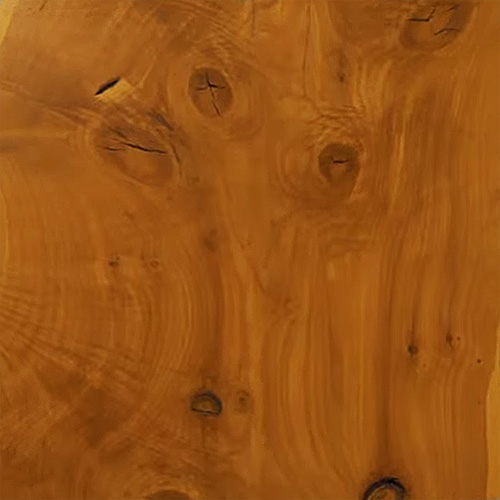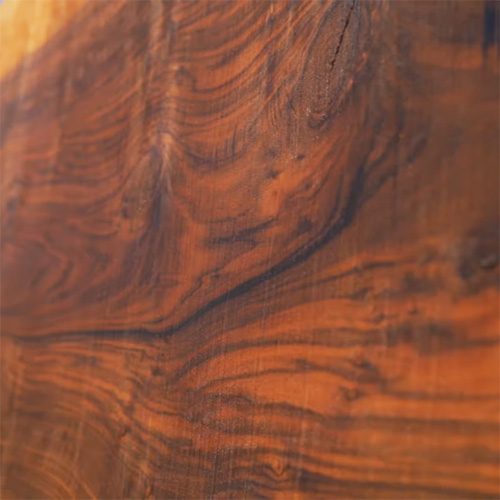Black Willow (California)
[Salix nigra]
A fast-growing, deciduous tree, Black Willow is considered by many to be the largest Willow species in the world. In the very least, it takes that honor among the 100 or so varieties in its native North America.
Flourishing in wet environments, Black Willow grows most frequently in floodplains, swamps, marshes, sloughs, and along stream, pond, and riverbanks — from Southeastern Canada and Maine, west to Manitoba and Minnesota, and as far south as Florida and Texas. Additional populations can also be found in Arizona, California, and the Rio Grande region of Mexico.
Generally reaching 70 to 80 feet in height and 1 to 2 feet in diameter, Black Willow can soar upwards of 140 feet tall in optimal conditions. That said, depending on where it grows, the species can sometimes look more like a massive shrub than a lofty tree, making it difficult to confidently assign a “typical” height.
But there’s no debate that of the roughly 100 species of Willow trees in North America, Black Willow is easily the most commercially important.
Highly prized as a lightweight hardwood with good shock resistance, Black Willow was historically the preferred wood for making artificial limbs. But that use doesn’t call for the strongest of materials. Which is good, because the species is actually weaker for its weight than you might expect, and somewhat hard to work, relegating it in most instances to rough, utilitarian uses.
Lack of strength and workability aside, exceptional examples of Black Willow – like that found in Central California – produce truly breathtakingly beautiful wood, the type that’s perfect for rustic, live edge furniture. While it features a pale reddish brown to grayish brown heartwood – often with darker streaks – it has a white to creamy tan sapwood. Its grain is usually straight, but can be interlocked or irregular, often with tiny pin knots, and fine-to-medium uniform texture.
Gauging by its commercial stature in North America, it’s easy to see why Black Willow is a popular choice for rustic furniture, sports equipment, kitchen utensils, polo balls, boxes, pallets, crates, caskets, and pulpwood.
Species Distribution:
Eastern North America
Midwestern North America
Minnesota
Florida
Texas
Arizona
California
Mexico
Janka Hardness:
430 lbf
Sustainability Status:
CITES Appendices: Not listed
IUCN Red List of Threatened Species: Listed as a species of least concern.
Related Species:
White Willow (Salix alba)
Crack Willow (Salix fragilis)
Diamond Willow (Salix bebbiana)
Common/Alternative Names:
Swamp Willow








